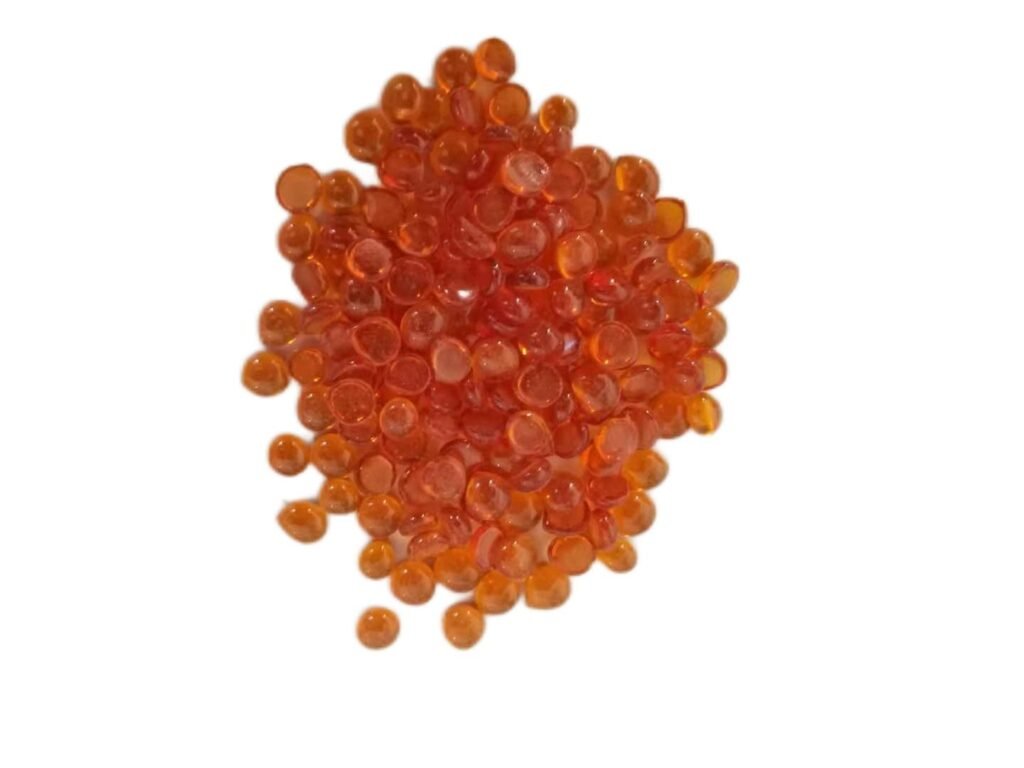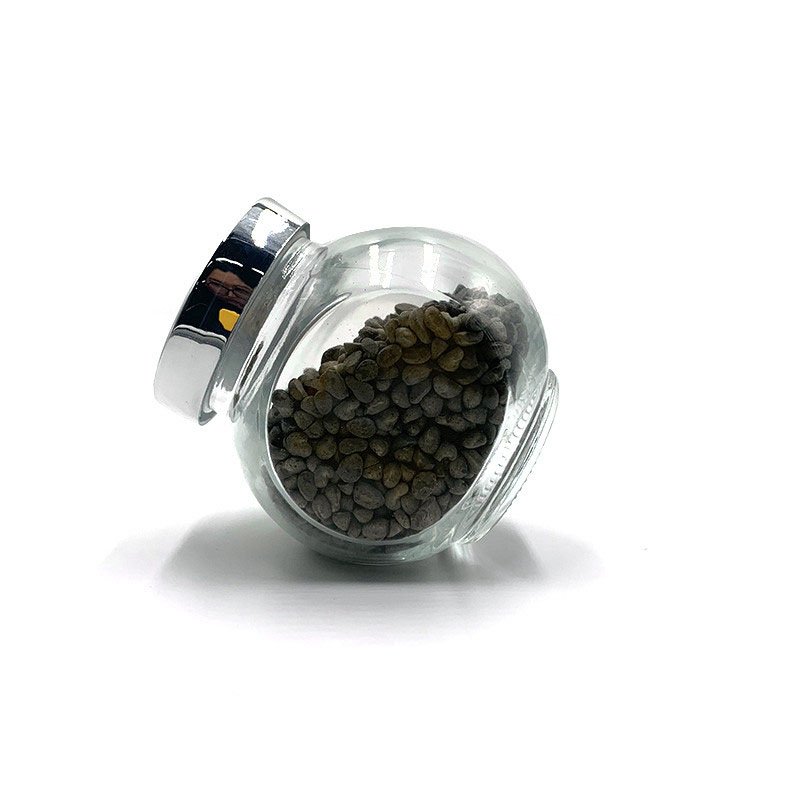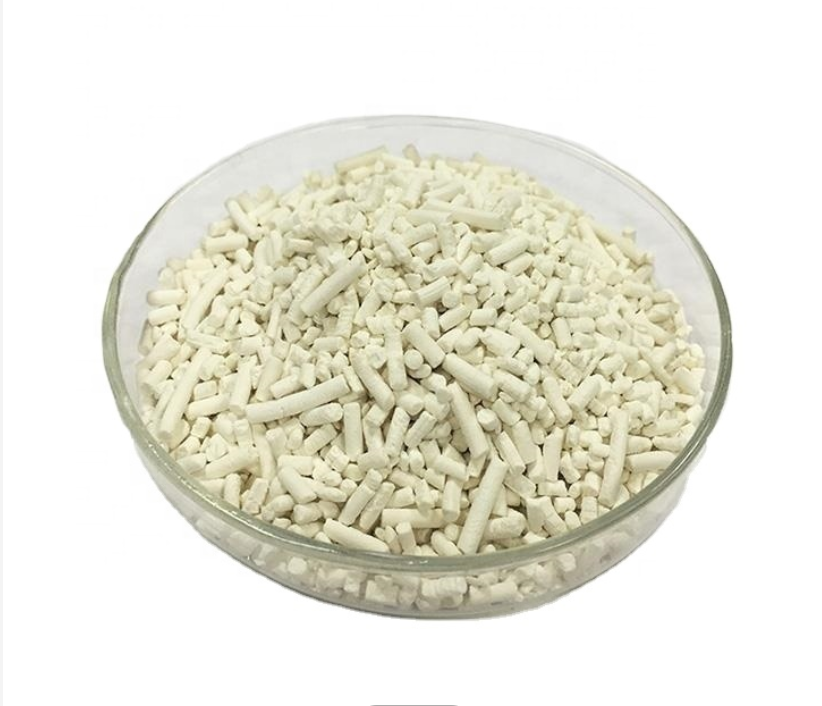×
Six Kinds of Common Classification of Rubber Auxiliaries

Introduction of Rubber Auxiliaries
Rubber auxiliaries refers to a series of fine chemical products added in the process of natural rubber or synthetic rubber processing into rubber products, used to give rubber products performance, ensure the service life of rubber products, improve the processing performance of rubber.
Rubber auxiliaries are important auxiliary raw materials in rubber industry. Rubber auxiliaries play an important role in improving rubber processing technology, saving energy and improving product quality. In the rubber industry, although the amount of additives is relatively small, but the improvement of product processing and application performance plays a decisive role. Rubber auxiliaries with excellent performance can not only improve processing performance, improve product quality, reduce energy consumption and production costs, but also prevent aging degradation and prolong service life. Widely used in rubber, tire, hose, tape, wire and cable, rubber shoes, latex and other industries.




Six classifications of Rubber Auxiliaries
First– According to the traditional classification method (different roles) is generally divided into six categories, including: vulcanization, protection, operation, reinforcing filling, bonding, other system additives.
1. Curing system auxiliaries.
There are mainly vulcanizing agents, accelerators and activators. (1) vulcanizing agents include: ① sulfur, selenium, tellurium; ② sulfur compounds; ③ Organic peroxygens; ④ quinone compounds; ⑤ amine compounds; ⑥ resin class; ⑦ metal oxide; ⑧ Other vulcanizing agents. (2) promoters include: ① dithiocarbamates; ② xanthate salts; ③ Chulam class; Thiazoles; ⑥ secondary sulfonamides; ⑦ amine and aldehyde amine condensates; Today guanidine classes; ⑨ Thioureas. (3) activators include: ① zinc oxide; ② Magnesium oxide; ③ Stearic acid and so on.
2. Protection system auxiliaries.
Mainly anti-aging agents and flame retardants.
- anti-aging agents are mainly amines, phenols, heterocycles, phosphite esters, protective wax, etc.
Amines include: ① naphthalene amine system; ② quinoline system; ③ Diphenylamine system; (4) p-phenylenediamine system.
Phenols include: ① hydrocarbon mononuclear phenols; ② alkylated binucleol; (3) alkylated polynucleols.
There are heterocyclic, phosphite esters. Protective wax includes: microcrystalline wax, ground wax and white wax.
- flame retardants include: ① bromine; (2) chloride series; (3) phosphate; ④ Inorganic matter.
3. Operating system auxiliary.
There are mainly plasticizer (softener), dispersant, homogenizer, viscosifier, release agent and anti-coke agent.
4. Strengthen the additives in the filling system.
There are mainly carbon black, white carbon black, inorganic reinforcing agent and filler and organic reinforcing agent and filler.
5. Adhesive system additives.
There are mainly a – a – white system, cobalt salt adhesion promoter, triazine adhesives, dipping adhesives and adhesives.
6. Other auxiliary agents.
Colorant, FOAMING AGENT, defoaming agent, thickening agent, release agent, paste agent, wetting agent, emulsifier, stabilizer, coagulant, heat sensitive agent, preservative, anti-fogging agent, anti-termite agent, flame retardant, antistatic agent, aromatic agent, product surface modifier, mold cleaning agent, etc.
Second–According to the functional system, it can be divided into 5 categories,Including vulcanizing auxiliaries, protective auxiliaries, processing auxiliaries, adhesive auxiliaries and special functional auxiliaries.
| Functional system | Specific classification | Main function |
| Vulcanizing auxiliaries | Vulcanizing agent (cross-linking agent), vulcanizing accelerant (referred to as “accelerant”), vulcanizing active agent, anti-vulcanizing reversion agent, etc | The chain rubber molecules are cross-linked and become a three-dimensional network structure, so that the rubber becomes hard and elastic (vulcanization); Accelerate vulcanization reaction, shorten vulcanization time, reduce vulcanization temperature, reduce the dosage of additives, etc |
| Protective auxiliaries | Antioxidant, anti-ozone agent, anti-flexion and cracking agent, light stabilizer, UV absorbent, harmful metal inhibitor, physical anti-aging agent, anti-mildew agent, etc | Delay rubber aging, prolong the storage and service life of rubber products |
| Processing auxiliaries | Intermethyl white system adhesive, cobalt salt adhesion enhancer | Used for bonding rubber with chemical fiber cord or BRass-plated steel cord (rubber skeleton material), forming chemical bond between heterogeneous materials on the bonding interface |
| Adhesive auxiliaries | Anti-coke agent, plastic dissolving agent, plasticizer, homogenizer, dispersant, viscosifier, lubricant, mobile assistant, isolating agent and release agent, etc | Improve the operating conditions, improve the processing performance of rubber compound, improve the production efficiency, improve the internal and appearance quality of rubber products |
| Special functional auxiliaries | Coupling agent, colorant, foaming agent, flame retardant, antistatic agent, aromatic agent, etc | To give a specific function or property to a rubber product |
Third–According to the function, it can be divided into 5 categories,Including antiaging agents, accelerators, vulcanizing agents and vulcanizing active agents, functional rubber additives and processing rubber additives.
| Function | Specific classification | Main function |
| Rubber Antioxidant | IPPD, 6PPD, TMQ, Antoxidant D, MMBI, MMBZ(ZMTI) | Delay rubber aging, prolong the storage and service life of rubber products |
| Accelerators | CBS , DSBS, CBBS , MBT MBTS , TMTD, TMTM , MBS, ETU , ZDBC, ZDEC , DPG, DIBS , TBBS, TBSI | Accelerate the curing reaction, shorten the curing time and reduce the curing temperature |
| Vulcanizing agents and vulcanizing active agents | DTDM, DTDC , Insoluble sulfur, zinc oxide, etc | The chain rubber molecules are cross-linked into a three-dimensional network structure, so that rubber becomes hard and elastic (i.e. vulcanized). |
| Functional rubber additives | Viscosifier, reinforcing agent, uniform agent, anti-coke agent, etc | Improve the operating conditions, improve the processing performance of rubber compound, improve the production efficiency, improve the internal and appearance quality of rubber products |
| Processing rubber additives | Adhesives etc. | Used for bonding rubber with chemical fiber cord or BRass-plated steel cord (rubber skeleton material), forming chemical bond between heterogeneous materials on the bonding interface |
Forth–According to the industry of application, it is divided into two categories, including: tire rubber additives and non-tire rubber additives.
1. Tire rubber additives refer to the products applied to tires, which are characterized by a small number of products but a large amount.
2. Non-tire rubber additives refer to the products applied to non-tire rubber products, which are all kinds of rubber products outside of tire products. It is characterized by many types of products and many industries, and then there will be more personalized requirements for products.
Fifth–According to the market capacity or production, divided into two categories, including: large varieties and small varieties.
1. Products with large market capacity, large end-customer consumption and high market awareness are called rubber additives. Large variety of applications in a wide range of tire applications, the factory in the production of scale, easy to produce scale efficiency, customers in the market choice. Representative products are: rubber promoter M, DM, CZ, NS, DZ, TT, rubber anti-aging agent IPPD, 6PPD, RD, rubber anti-coke agent CTP, etc.
2. The products with small market capacity, less end-customer consumption and low market awareness are called rubber auxiliary small varieties. Small variety has a wide range of applications, and many environmental protection products are still the direction of future customers’ choice. Due to the particularity of the product itself, the amount of each product is small, and customers are used to multi-frequency and small batch supply. Representative products are: rubber accelerant EZ, BZ, PZ, ZBEC, PX, TDEC, MZ, TMTM, DPTT, TBzTD, DDTS, TETD, TIBTD, etc., rubber antiaging agent MB, MMB, MBZ, MMBZ, NDBC, 2246, etc.
Sixth–General and special type.
1. Universal rubber auxiliaries are the main products of rubber auxiliaries, whose representative products are anti-aging agents, accelerators, vulcanization and vulcanization active agents, etc. According to relevant statistics, the output of the general rubber additive agent accounts for more than 70% of the total production of the rubber additive agent in our country. Universal rubber auxiliaries are widely used in tire rubber industry and are important basic raw materials used in tire production.
2. Special rubber additives in accordance with the product type is mainly divided into processing rubber additives and functional rubber additives, according to the product range can be divided into tackifier, reinforcing agent, homogenizing agent, antiscorching agent, adhesive, etc., the company production of rubber with phenolic resin (including viscosity resin, reinforcing resin, adhesive resin, etc.) are the main varieties of special rubber additives. Special rubber additives are also widely used in tire rubber industry.
Get In Touch
Get in touch with us
Table of Contents
Most Popular
Thermoplastic Elastomers (TPE): TPR, TPV, and TPU
September 7, 2025
Thermoplastic Elastomers (TPE): SBS, SEBS, SIS, SEPS
September 1, 2025
Sulfur Dyes – Properties, Applications, and Key Variants
August 20, 2025
On Key
Related Posts
Thermoplastic Elastomers (TPE): TPR, TPV, and TPU
Thermoplastic Elastomers (TPE): TPR, TPV, and TPU Thermoplastic Elastomers (TPE) are a versatile class of polymers that combine the processing advantages of plastics with the flexibility and resilience of rubber.
WPACHEM Acid Dyes – Premium Colorants for Textiles, Leather & Industrial Applications
WPACHEM Acid Dyes – Premium Colorants for Textiles, Leather & Industrial Applications WPACHEM supplies a wide range of Acid Dyes known for their brilliant shades, excellent solubility, and outstanding dyeing
Thermoplastic Elastomers (TPE): SBS, SEBS, SIS, SEPS
Thermoplastic Elastomers (TPE): SBS, SEBS, SIS, SEPS Thermoplastic elastomers (TPE) are a versatile class of polymers that combine the processing advantages of plastics with the elasticity of rubber. They can
Sulfur Dyes – Properties, Applications, and Key Variants
Sulfur Dyes – Properties, Applications, and Key Variants Sulfur dyes are one of the most widely used classes of dyes in the textile industry, especially for cotton and other cellulosic
Get Free Chemical Solutions !
Quick Link
- info@wpachem.com
- +86 21 38122699
- +86 21 38122699
- Room 910, Block A, Wolicity, No. 2419, Hunan Road, Pudong, Shanghai. PC.201204
© 2025 WPA Chemical. All rights reserved
Privacy Policy. Powdered by WPACHEM





